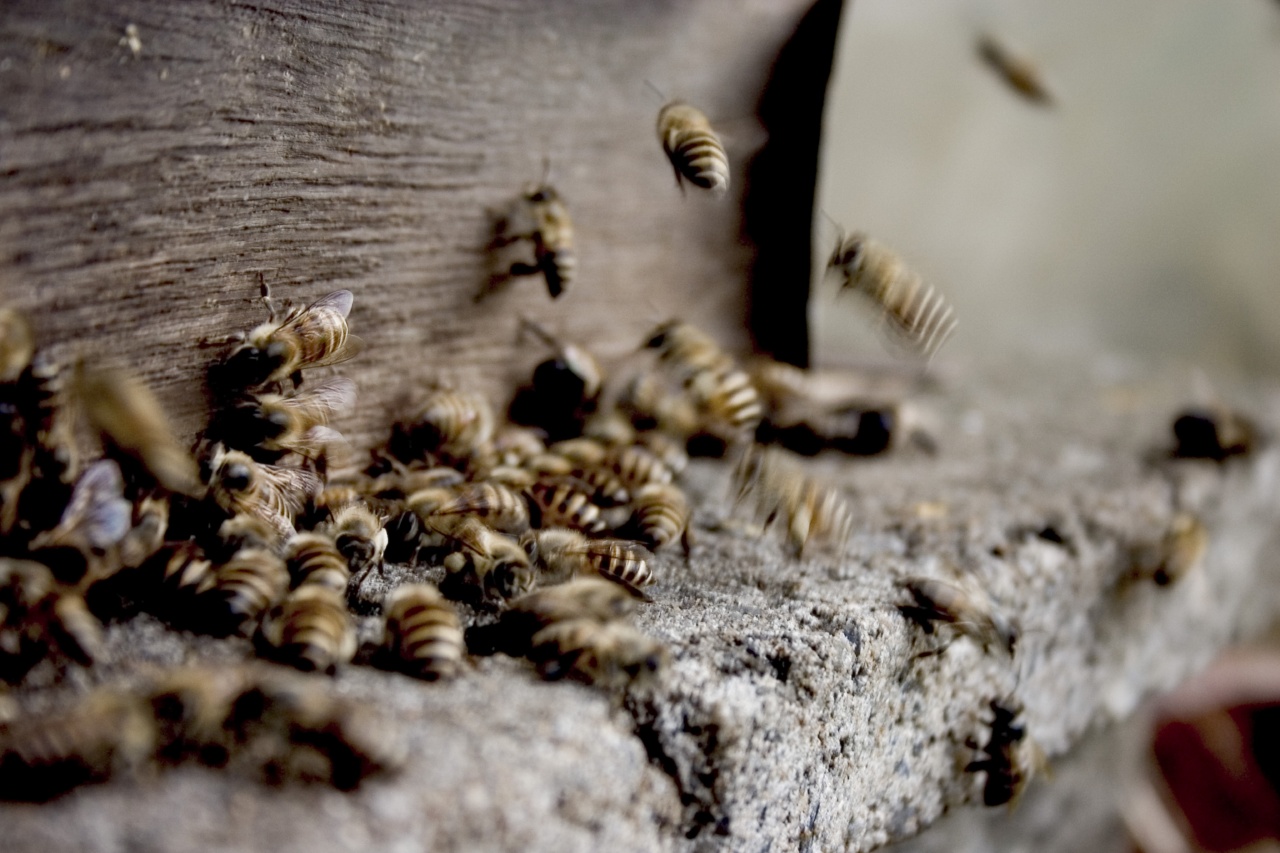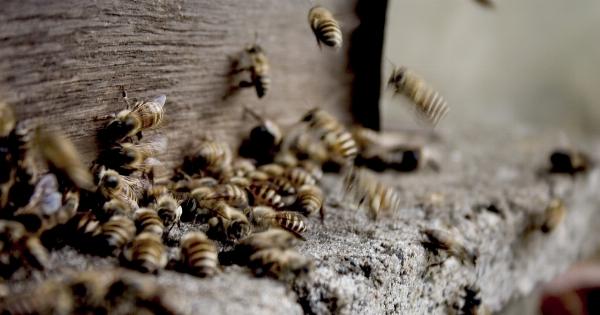Bee and wasp stings are painful and can cause allergy in some people. Sting from these insects could leave that area red, swollen and itchy. Some people may experience an allergic reaction that can be life-threatening.
Whether you are stung by a bee or a wasp, prompt attention can relieve the pain and reduce the swelling.
What to do immediately after a bee or wasp sting?
If you are stung by a bee or a wasp, it is important to act quickly to remove the stinger, if it is still in your skin. The stinger should be gently scraped out of the skin surface with a flat object, such as a credit card, or your fingernail.
Do not use tweezers, as this can squeeze more venom into that area.
After removing the stinger, wash the area with soap and water carefully. This will help to remove any venom still in the skin surface and reduces the chance of infection.
Use of Ice or cold packs
Apply ice or a cold pack to that area as soon as possible. This decreases the inflammation and helps to make that area numb, reducing pain. Use a thin cloth or towel to avoid ice burn and apply it for 15 to 20 minutes at a time.
Avoid placing ice directly on the skin surface, as this can cause ice burn.
Use of Baking soda
Once the ice pack is removed, sprinkle baking soda on the sting area. Mix 1 tablespoon (15 ml) of baking soda with a little water to make a paste. Apply this paste to the affected area.
It reduces inflammation and helps to neutralize the venom, which reduces pain and itching. Leave it for about 10 to 15 minutes and then wash off with clean water.
Use of Raw honey
Raw honey is a natural substance that has antibacterial and anti-inflammatory properties. Apply a drop or two of raw honey on the sting area, and cover it with a bandage. Leave it on for several hours or overnight.
It soothes the sting area and helps to reduce swelling and redness.
Use of Cucumber
Cucumber has a cooling effect on the skin and can reduce the pain and itching caused by bee or wasp stings. Cut a slice of cucumber and place it over the sting area. Hold it in place with a bandage or a thin cloth for about 15 to 20 minutes.
Repeat it several times a day as needed.
Use of Aloe Vera
Aloe Vera gel is a natural anti-inflammatory agent. It reduces itching, swelling, and redness associated with a bee or wasp sting. Apply a small amount of Aloe Vera gel on the sting area.
Leave it for around 30 to 60 minutes before washing it off with water. Repeat it several times a day as needed.
Apply a Vinegar solution
Vinegar has an acidic pH level that neutralizes the venom of bee or wasp stings. Dilute white vinegar with an equal amount of water and dip a cotton ball or clean cloth in it.
Apply this solution on the sting area for a few minutes, remove it, and let it dry. The acidic nature of vinegar can cause a light burning sensation but will help to reduce inflammation and pain.
Use Calendula
Calendula has many natural medicinal properties and has been used to treat insect stings for centuries. Apply Calendula oil or cream to the affected area as soon as possible. It helps to reduce inflammation and provides soothing relief.
Repeat it several times a day as needed.
Consider taking an Over-the-Counter Pain Reliever
If home remedies do not provide adequate relief, you may need to take over-the-counter pain relievers such as ibuprofen or acetaminophen. These medications reduce inflammation and pain caused by bee or wasp stings.
Follow the dosage instructions on the label carefully.
When to see a doctor?
Most bee or wasp stings are not dangerous, and home remedies can relieve the symptoms.
However, if you have severe symptoms such as difficulty breathing, swelling of the face, throat or tongue, or rapid heartbeat, seek emergency medical attention as soon as possible.
Also, if you have a history of an allergic reaction to bees or wasps, carrying an epinephrine auto-injector (EpiPen) at all times may help prevent a life-threatening reaction.































